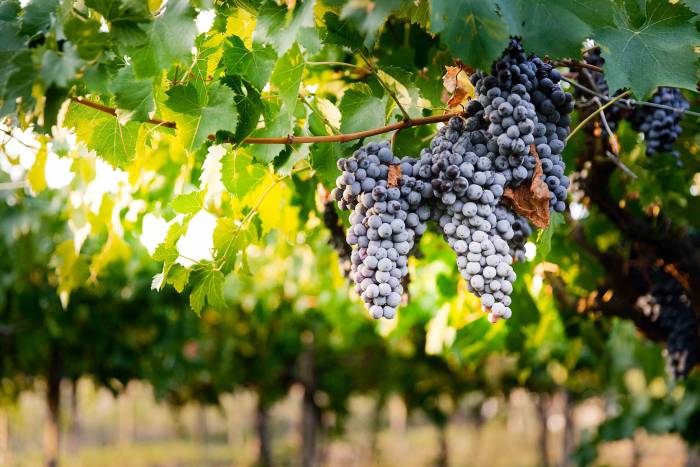European Wine Output to Rise 1% in 2025 but Remains 7.5% Below Five-Year Average
Climate extremes, tariffs, and weak demand continue to pressure EU winemakers despite modest recovery in annual production figures
2025-11-04

European wine production is expected to rise slightly in 2025, according to new figures released by Copa-Cogeca, the main farmers’ union in the European Union. The group’s data, collected from EU member states, projects that wine producers across Europe will deliver about 145.5 million hectoliters this year. This marks a 1% increase compared to last year’s output. However, the volume remains 7.5% below the average of the past five years, reflecting ongoing challenges for the sector.
The long-term trend for European wine production continues to show a decline. Copa-Cogeca noted that the gap between this year’s harvest and that of 2018 now exceeds 40 million hectoliters. The three largest wine-producing countries in the EU—Italy, France, and Spain—are expected to see their combined output fall by 1.5% compared with 2024, despite the overall slight increase for the region.
Italy is forecast to remain Europe’s top wine producer in 2025, with an estimated output of 47 million hectoliters. This represents an 8% increase from last year. France is projected to produce around 37 million hectoliters, up by 2.3%, but still 12% below its five-year average. Spain’s production is expected to reach approximately 31.5 million hectoliters, a decrease of about 15% from last year.
Other major wine-producing countries are also facing declines. Germany’s output is set to drop by 8%, while Portugal is expected to see an 11% decrease compared to last year.
Several factors are contributing to these trends. Weather-related disruptions have continued to affect vineyards across Europe in 2025. Heatwaves, droughts, and floods have made it difficult for many regions to recover to pre-2020 production levels. In late August, wildfires in southern France destroyed more than a thousand hectares of vineyards.
Economic and policy issues are also weighing on the sector. The United States has maintained tariffs on European goods including wine, which has limited exports and kept both volumes and prices low for EU producers. Although the EU and US reached a trade agreement at the end of July, they did not secure an exemption for wine or spirits from these tariffs.
Within Europe, there are ongoing discussions about how best to support winemakers facing falling consumption and changing market conditions. In March, the European Commission proposed measures such as removing some vineyards—a process known as grubbing-up—to address declining sales. The European Council backed this package in June but suggested changes in areas like labeling and rules for no- and low-alcohol wines. Germany has called for even broader action on vineyard removal as part of its submission to the EU’s Agriculture and Fisheries Council.
Copa-Cogeca said that overall demand for wine remains weak across Europe as inflation and uncertainty in labor markets continue to affect consumer spending habits. Domestic markets are also seeing shifts in consumer preferences away from traditional wines.
Luca Rigotti, president of Copa-Cogeca’s working party on wine, commented that the 2025 harvest demonstrates how challenging conditions remain for European vineyards. He noted that despite these difficulties, many producers have managed to reverse recent downward trends and continue delivering high-quality wines through dedication and resilience.
The outlook for European wine production remains uncertain as producers face both environmental challenges and shifting economic conditions at home and abroad.
Founded in 2007, Vinetur® is a registered trademark of VGSC S.L. with a long history in the wine industry.
VGSC, S.L. with VAT number B70255591 is a spanish company legally registered in the Commercial Register of the city of Santiago de Compostela, with registration number: Bulletin 181, Reference 356049 in Volume 13, Page 107, Section 6, Sheet 45028, Entry 2.
Email: [email protected]
Headquarters and offices located in Vilagarcia de Arousa, Spain.